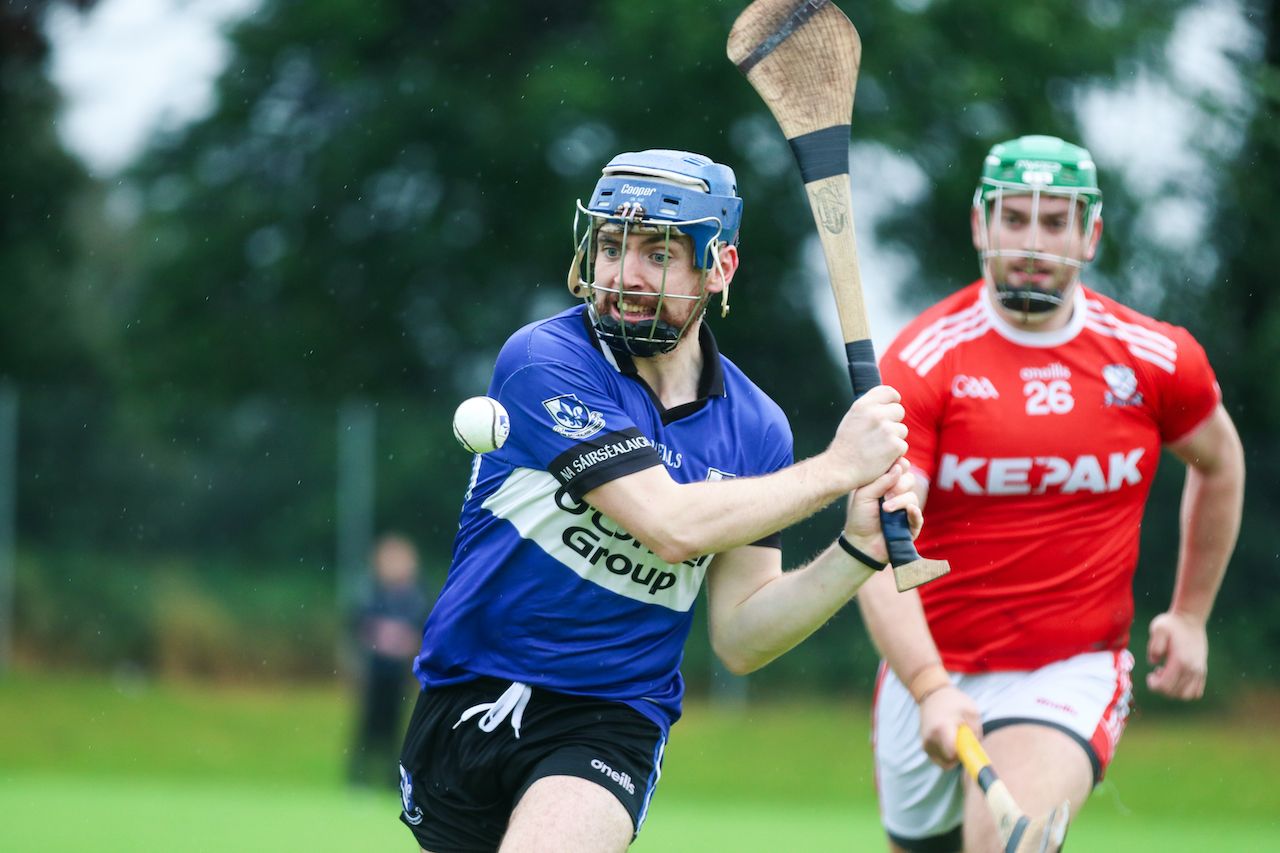In Kilkenny, Ireland, a monument depicting sportsmen scrimmaging for a fist-sized ball while wielding hockey-stick-cricket-paddle hybrids has sat in Canal Square since 2016. It captures a scene familiar to Irish onlookers, honoring the ancient Gaelic sport that’s evolved into Ireland’s national pastime: hurling.
References to early iterations of the sport appear as far back as the 13th century, with heroes like the demigod Cúchulainn often being represented as expert hurlers. The statue in Kilkenny is a fitting testament to the sport’s role in Irish history: In 1367, one of 35 laws known as the Statutes of Kilkenny banned hurling for promoting violence, yet the sport persisted and spread. Now, between January and March each year, countless fans head to their local stadiums or glue themselves to the TV on Saturdays to watch the wildly popular National Hurling League in action.


